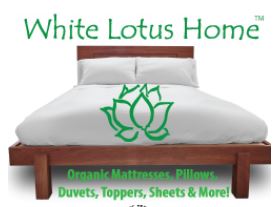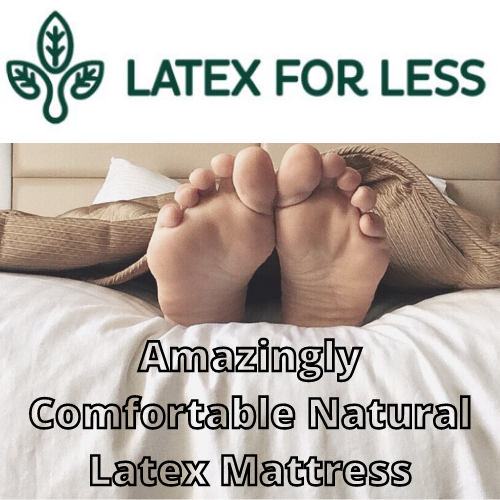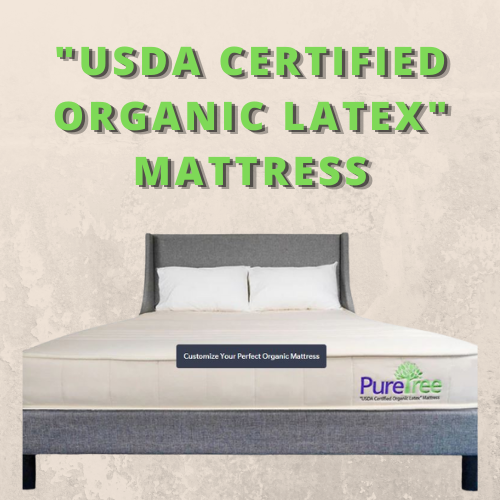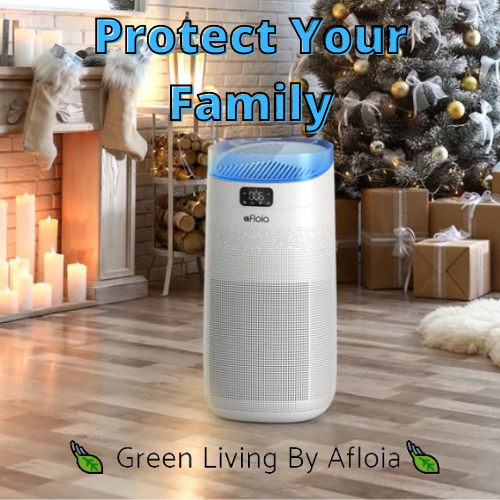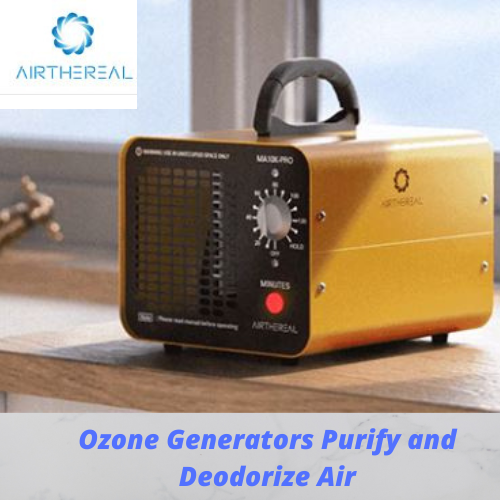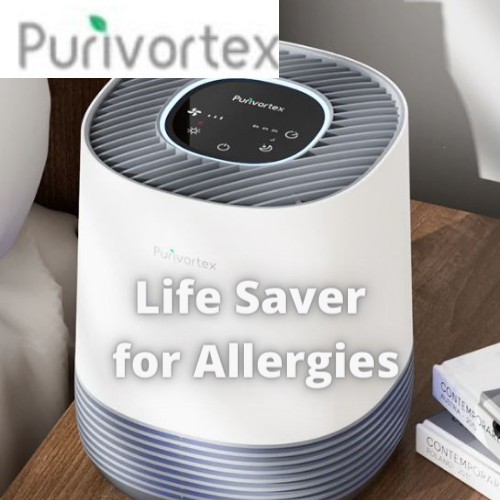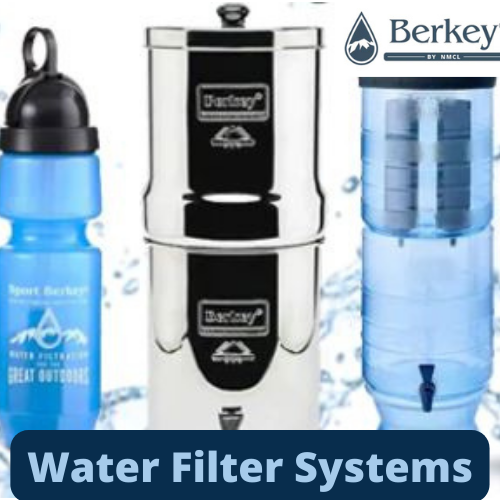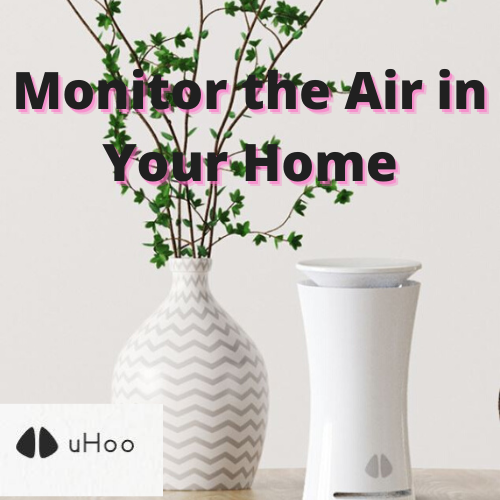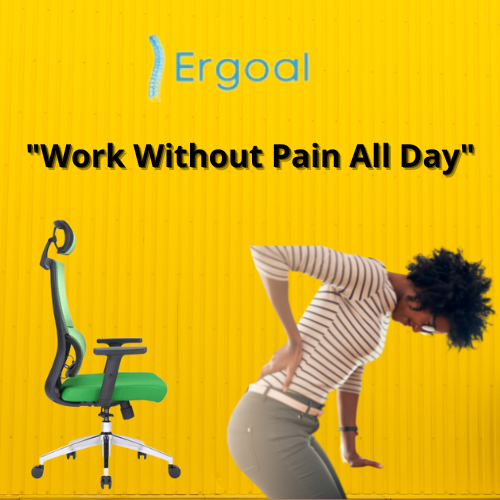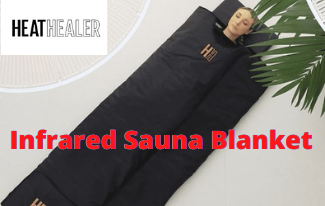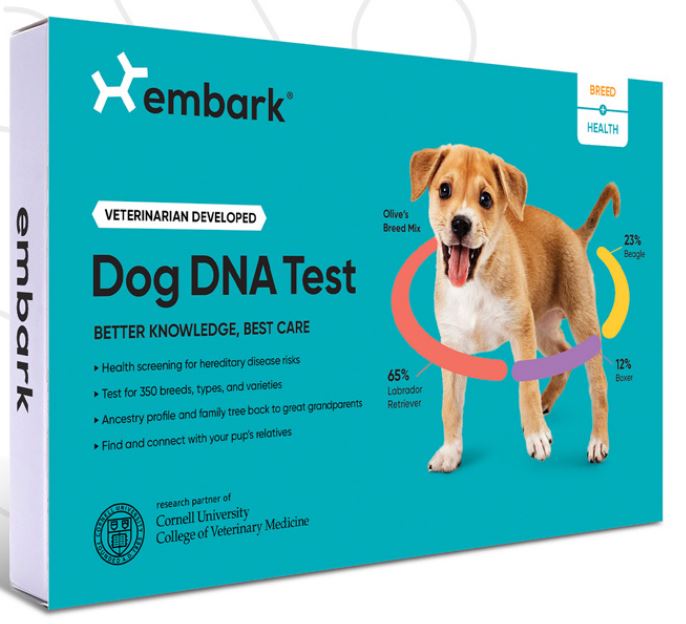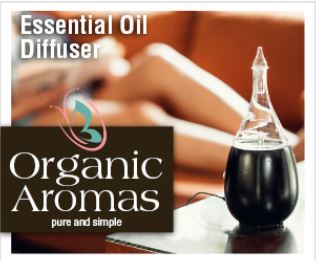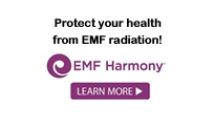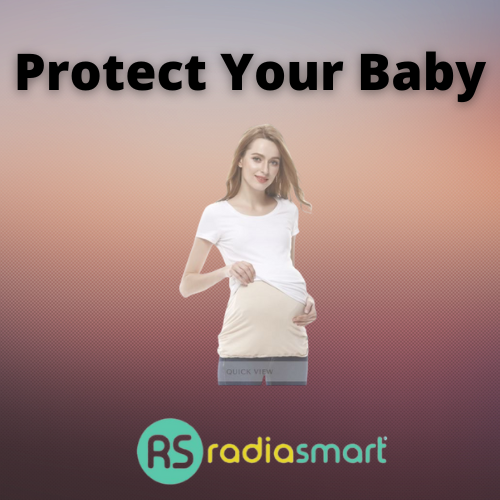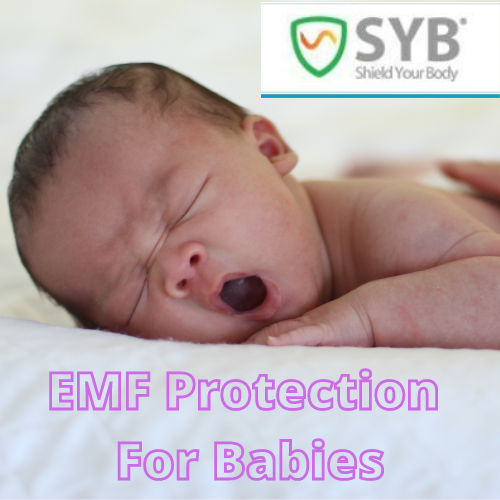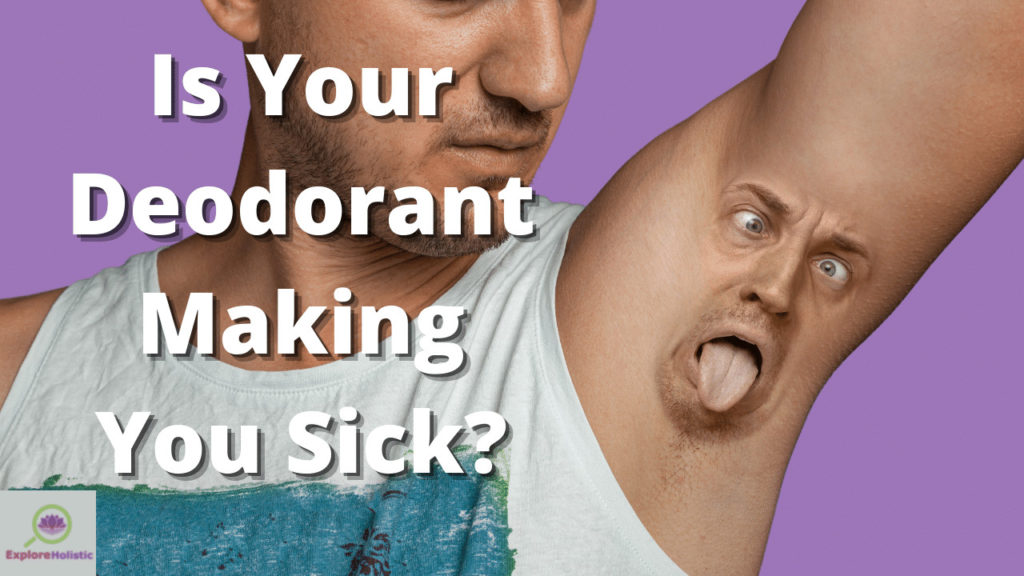Just because parabens have been around for over 50 years doesn’t make them any safer today. I heard this in dentistry too; that mercury containing amalgam has been around for over 150 years and the amount of mercury exposure is so small that it’s harmless. These statements may hold true in a vacuum, but with habitual use over years and when combined with other toxic chemicals, I find a proclamation of complete safety to be illogical.
What are Parabens?
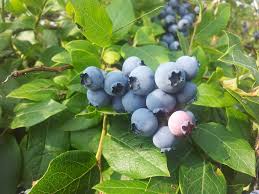 Parabens are preservatives that inhibit the growth of microorganisms. They occur naturally in plants which have evolved with this anti-microbial agent to protect them from fungal or microbial attack. These include blueberries, mango, barley, strawberries, black currants, peaches, carrots, onions, cocoa beans, vanilla, cucumbers, cherries and more. The body can easily excrete this natural substance.
Parabens are preservatives that inhibit the growth of microorganisms. They occur naturally in plants which have evolved with this anti-microbial agent to protect them from fungal or microbial attack. These include blueberries, mango, barley, strawberries, black currants, peaches, carrots, onions, cocoa beans, vanilla, cucumbers, cherries and more. The body can easily excrete this natural substance.
Scientists, who have tried to copy nature’s brilliance, have synthesized key ingredients of parabens that could be added to processed products to prevent mold, yeast and bacteria growth, thereby increasing shelf life and reducing spoilage.
Not All Parabens are Equal
While claiming that synthetic paraben is the same as the naturally occurring plant-produced paraben, the chemical version has shown up in higher quantities in the body and has been studied for its health effects in animals. Many scientists think there is evidence that suggests exposure to the synthesized chemical version at levels used today is unsafe.
The concern is that certain parabens found widely in processed foods and personal care products slightly mimic estrogen. With prolonged habitual exposure, this hormone disruptor could contribute to early onset of puberty in girls, diminished fertility, and decreased sperm counts. Some disputed studies found high levels of parabens in breast cancer tumors. Yet despite some adverse reports, the U.S. Food and Drug Administration states that not enough research has been done and is satisfied that synthetic parabens are nontoxic in small amounts.
“The Dose Makes the Poison.”
 In theory, both sides adhere to the first principle of toxicology. It is the amount of the chemical – not its presence or absence – that determines the potential for harm. While many researchers say that the amounts of these chemicals in food and skin products are low and would not cause health effects, these products containing parabens are everywhere. They are applied to the body or consumed daily, and when added up can be a toxic load, especially in infants and children with much smaller body size.
In theory, both sides adhere to the first principle of toxicology. It is the amount of the chemical – not its presence or absence – that determines the potential for harm. While many researchers say that the amounts of these chemicals in food and skin products are low and would not cause health effects, these products containing parabens are everywhere. They are applied to the body or consumed daily, and when added up can be a toxic load, especially in infants and children with much smaller body size.
Parabens Soak into Your Body
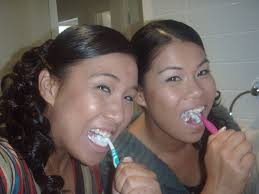 Many products, such as makeup, moisturizers, hair-care products, shaving creams and sunscreens contain parabens. But more alarming are these preservatives in personal care products that can readily be absorbed through mucous membranes. These include toothpastes and other oral care products, personal lubricants and baby wipes.
Many products, such as makeup, moisturizers, hair-care products, shaving creams and sunscreens contain parabens. But more alarming are these preservatives in personal care products that can readily be absorbed through mucous membranes. These include toothpastes and other oral care products, personal lubricants and baby wipes.
Health Advocates have influenced some manufacturers to remove certain parabens from their products such as deodorants and cosmetics. And many companies have chosen to use less toxic preservatives and prominently state on their label: “Free of Parabens”.
Parabens You Swallow and Absorb
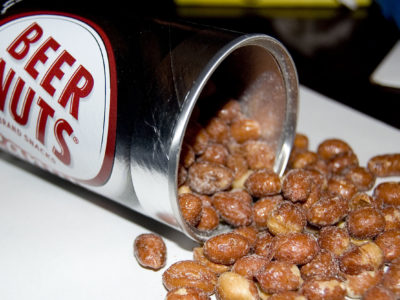
Chances are that the foods you eat on a regular basis contain parabens as preservatives. These products include beer, red wine, grain food, pancake syrup, iced tea, puddings, yogurts, fruit pies, sauces, broths, desserts, soft drinks, processed fish, dried meats, jams, chutneys, pickles, frozen dairy products, processed vegetables and flavoring syrups. Parabens are found in some packaged: pies, cakes, pie crusts, pastries, icings, toppings, fillings, jelly coatings of meat products, surface treatment of dried meat products, cereal- or potato-based snacks and coated nuts, confectionery (excluding chocolate), liquid dietary food supplements, and medications (commonly in some asthma and steroid inhalers). These sanctioned small amounts add up quickly.
Read and Understand Labels
 On labels, parabens can be listed by their names and/or an E number. Common additives are methylparaben (E218), ethylparaben (E214), propylparaben E216), heptylparaben (E209), butylparaben, isopropylparaben, and isobutylparaben. They can also be listed as Alkyl parahydroxy benzoates. Often more than one of these chemicals is used in a single product.
On labels, parabens can be listed by their names and/or an E number. Common additives are methylparaben (E218), ethylparaben (E214), propylparaben E216), heptylparaben (E209), butylparaben, isopropylparaben, and isobutylparaben. They can also be listed as Alkyl parahydroxy benzoates. Often more than one of these chemicals is used in a single product.
Back to Days of Yore

Before the 1920s, people were not relying on processed foods but rather making their own foods with fresh unprocessed ingredients. There was no such thing as a manufactured paraben. My husband’s Italian grandfather loved his backyard garden. Everything organic for his family of six children who all lived healthfully into their mid to late 90s. We can grow our own food, make our own toothpastes, mouthwashes, deodorants and moisturizers and recognize that each we eliminate is a positive health choice. Share your recipes in the “Comments” and we’ll all be healthier.
Learn more about environmental toxins.
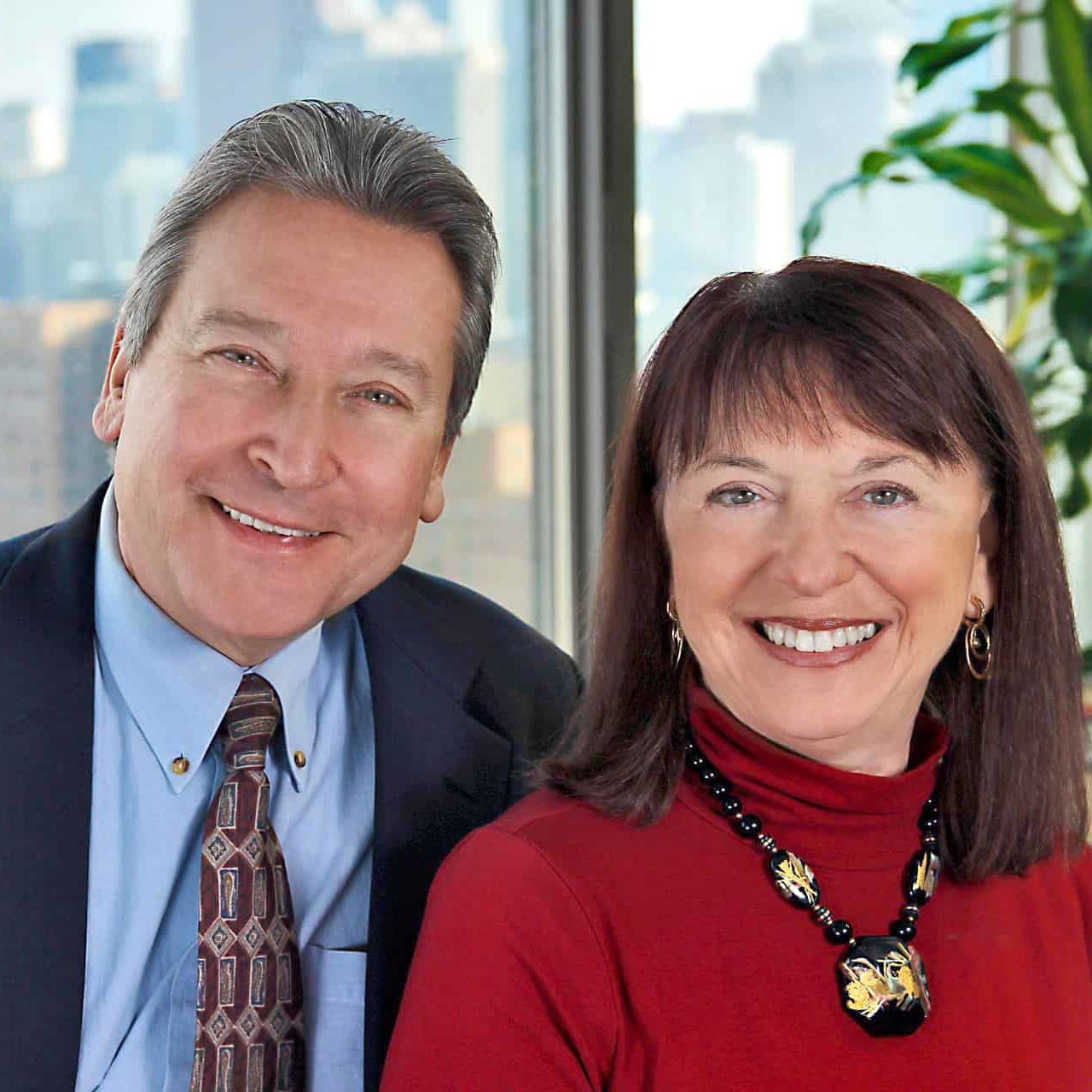
About Us
As holistic dentists, we've recommended products and services that supported our patients’ health for decades. In experiencing our own health challenges from mercury toxicity, we worked closely with many natural, alternative, and integrative health practitioners who aided our recovery as well as our patients’. We built this site to provide you with a simple-to-use, comprehensive, informational, and functional resource for your physical, emotional, and spiritual health & well-being.





